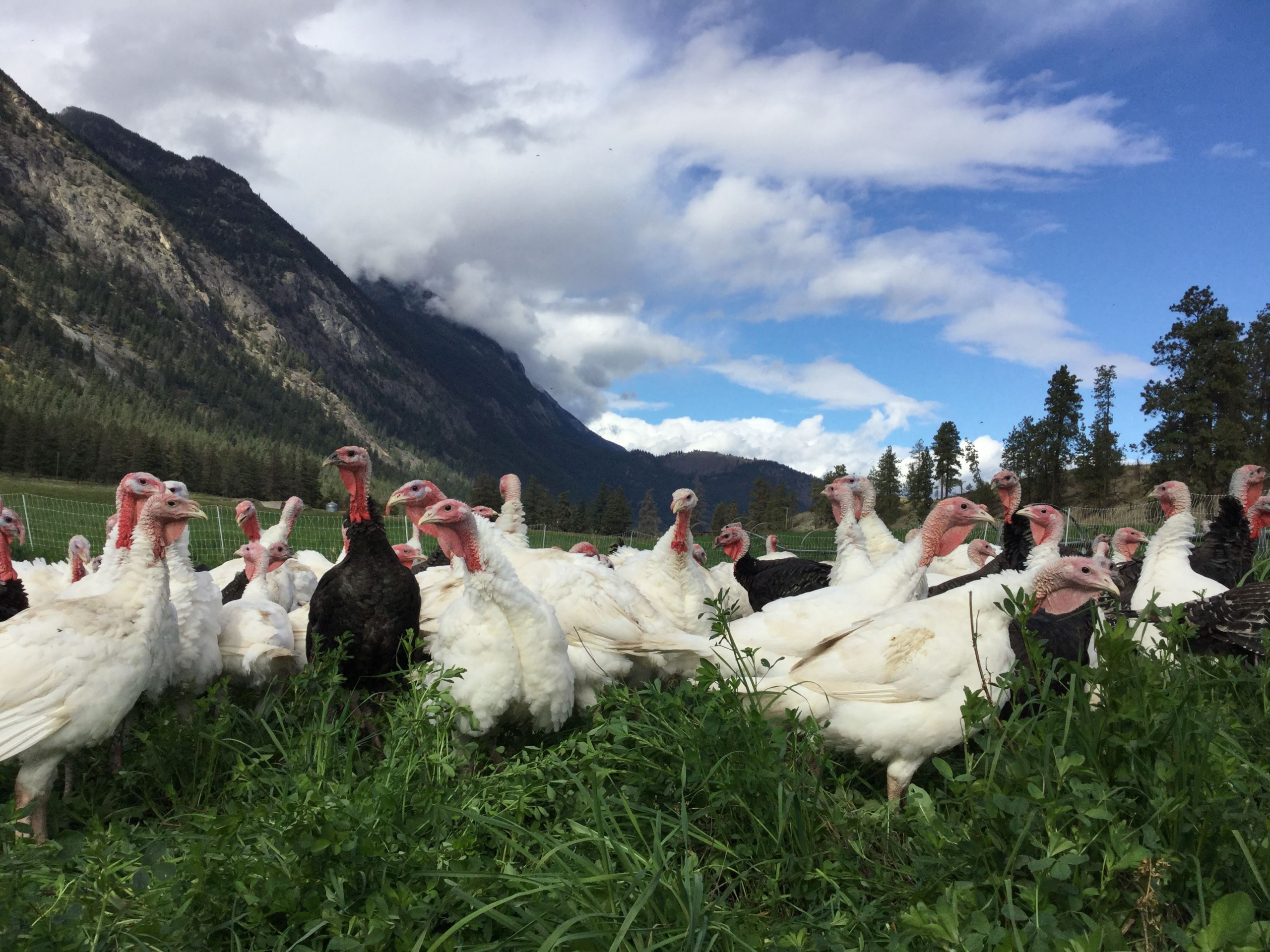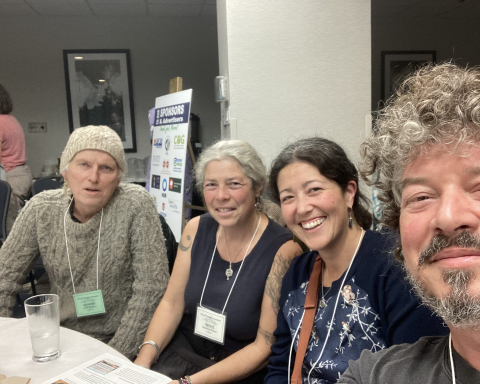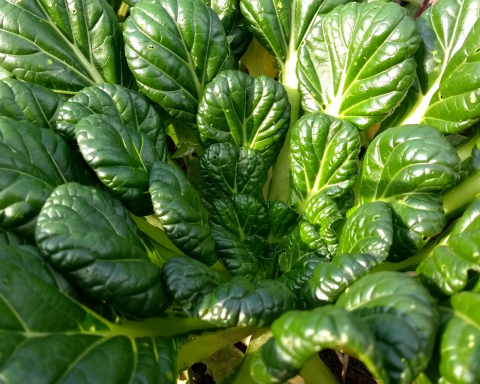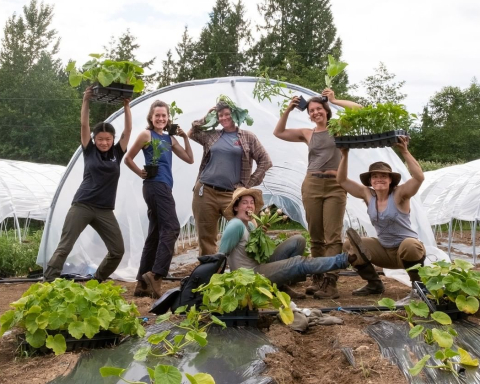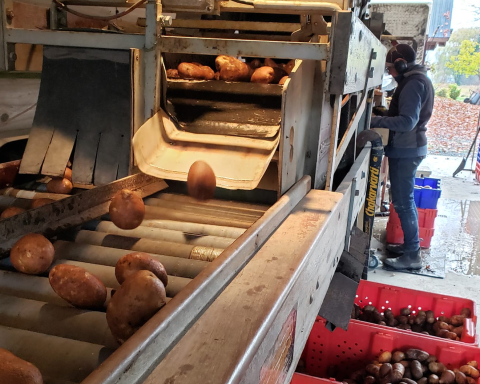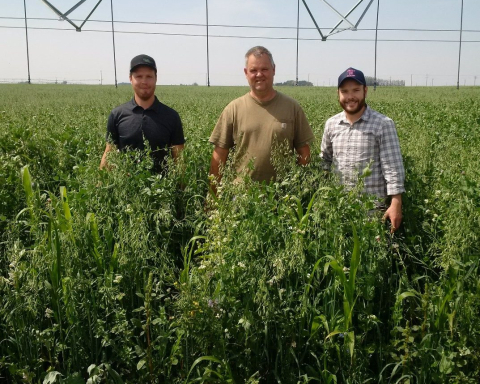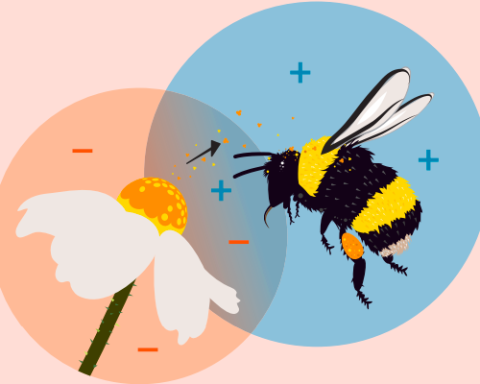Ready for Growth, Small-Scale Meat Producers are Limited by Access to Processing
By Julia Smith
The Small-Scale Meat Producers Association recently completed a province-wide survey of the small-scale meat producing sector in which we heard from 708 operations representing 2,110 producers across all 27 regional districts of the province. Eighteen respondents reported being certified organic, and 15 of these were located in the Okanagan.
The survey identified that small-scale meat producers in BC tend to have very diverse operations, and are practicing a range of land management techniques. Of the respondents, 97% reported using at least one of the following practices to steward their land:
- multiple species grazing (43%)
- intensive grazing (38%)
- regenerative agriculture (38%)
- no-till farming (36%)
- diversified forage (36%)
It will be interesting to see if these types of land management techniques become even more popular given the rising costs and supply chain issues associated with more conventional methods and inputs.
Not surprisingly, the biggest obstacle preventing the growth of the small-scale meat industry in BC was access to slaughter and butchery services. While this has proven to all but stop the industry as a whole in its tracks, it hits certified organic producers even harder, as there are very few, if any, certified organic abattoirs or butcher shops offering custom services to small-scale producers.
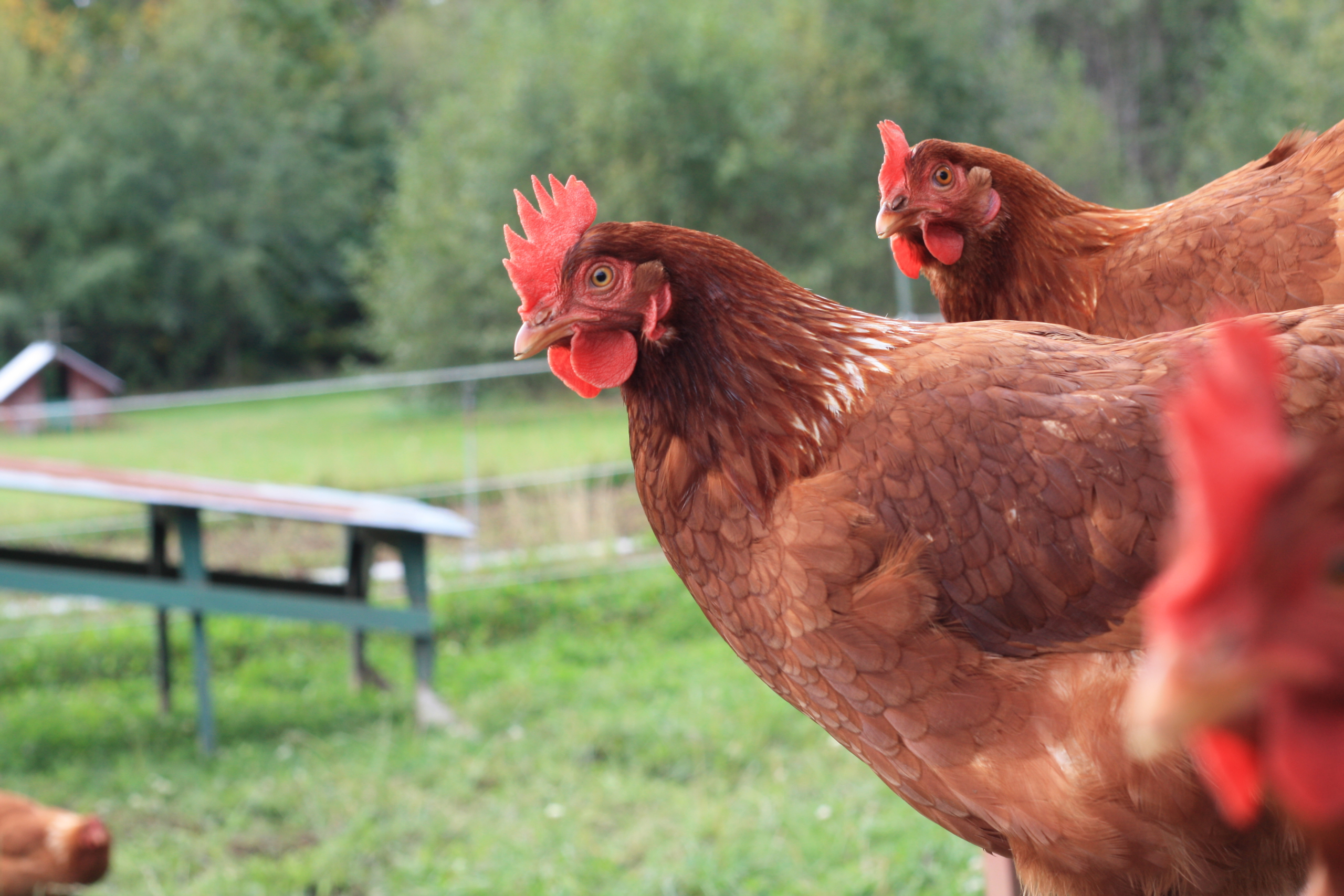
There is a little wiggle room: it is possible for a processor whose facility is not certified organic to complete an “Organic Compliance Declaration” in which they agree to uphold the certification requirements for a producer. However, it is unlikely that most processors would be willing to accommodate this. Processors are completely booked up months (often over a year) in advance without having to jump through any additional hoops.
At a time when it is extremely difficult for anyone to book slaughter and butcher dates for their livestock, organic producers are faced with the added burden of needing their processing facilities to comply with their organic certification standards. Survey respondents reported that they often can’t even reach their abattoir on the phone. It seems unlikely that a business that doesn’t even have time to answer their phone would be willing to entertain the extra steps and paperwork required to serve the certified organic market.
Even if the butcher is willing to take these steps, they are only allowed to cut into basic raw cuts if the product is to remain certified organic. Products of further processing, such as sausage making or smoking, are not able to remain certified organic unless the facility itself is also certified organic. Furthermore, not even the raw cuts can be labeled as certified organic by the butcher unless their facility is also certified organic. The producer themselves must take that meat home, unpack it and label everything to remain in compliance.
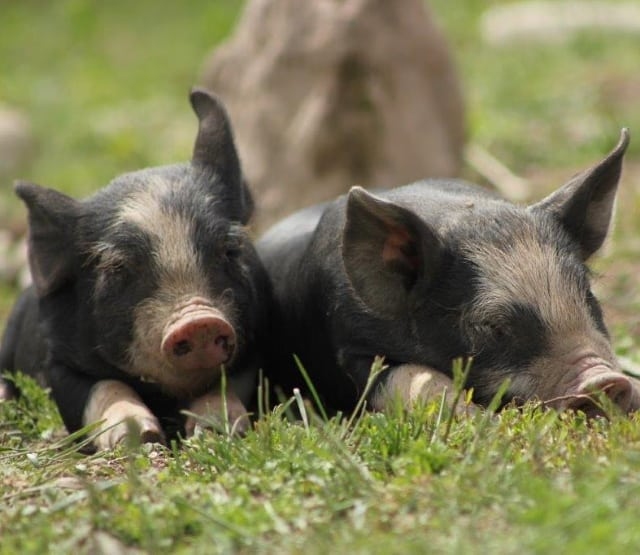
It seems unfair that a producer who complies with the necessary production and animal welfare standards to achieve organic certification should not be able to market that product as certified organic due to insurmountable obstacles in the final step of the process. It may take three years to finish a certified organic steer and a matter of hours to process it.
The new Farmgate Plus slaughter license has the potential to offer some hope. 41% of survey respondents indicated that they are interested in pursuing a license which would allow them to slaughter up to 25 animal units (AU – 1,000 pounds of live weight = 1 AU) per year on their farm or ranch. This license is for slaughter only, and the carcass needs to be butchered at a licensed cut and wrap facility. Unfortunately, 25 AU isn’t likely to be enough volume for one operation to justify the expense of setting up a certified organic cut and wrap facility, but perhaps if there were enough organic livestock producers in a community, they could come together to solve this piece of the puzzle.
Profitability was another challenge identified by the survey and one where organic producers will certainly be feeling the pinch with rising costs and limited availability of everything from feed, to fuel, to fertilizer.
Overall, producers reported that they would like to grow their businesses and that market demand far exceeds their current production capacity given processing challenges. There is tremendous potential for this industry to make a significant contribution to food security and the economy. Given the undeniable need to move toward more environmentally sustainable production methods, the need for growth in the organic sector has never been greater.
To find the survey report, learn more about SSMPA and join as a Producer Member for $35 or as a Supporter Member for free, visit smallscalemeat.ca
Julia is a founding member and currently serving as Vice-President of the Small-Scale Meat Producers Association. She farms and ranches in the Nicola Valley where she raises critically endangered Red Wattle hogs and beef cattle.
Feature image: Turkeys on pasture. Credit: SSMPA.


